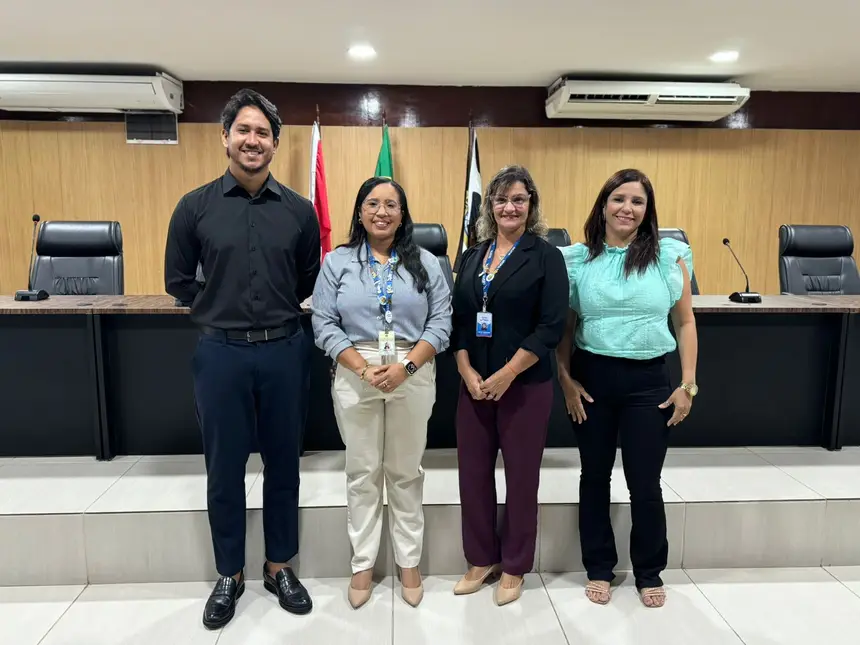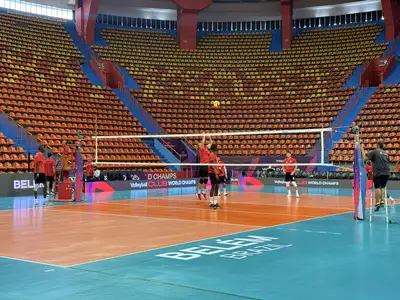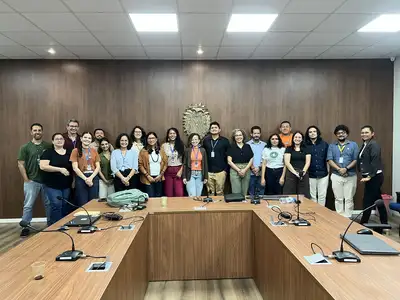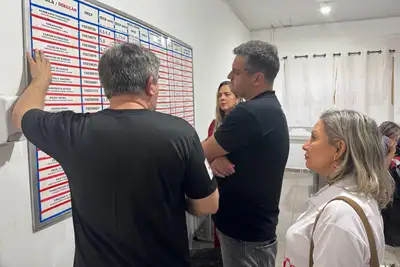Sespa holds workshop on surveillance and control of leishmaniasis for Health Centers
Meeting brings together managers from regional centers and teams from epidemiological surveillance, primary care, pharmaceutical assistance, and entomology
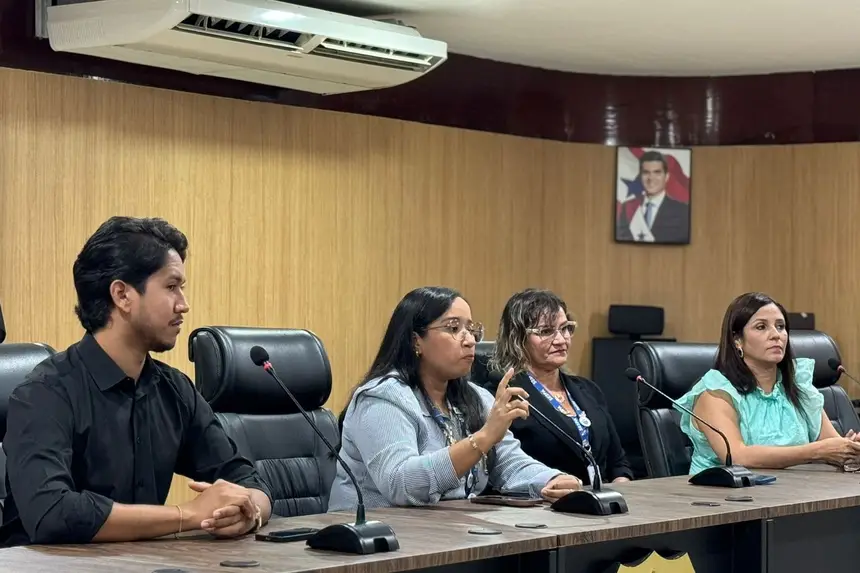
The State Department of Public Health (Sespa) started, this Tuesday (2), in Belém, the Workshop on Surveillance and Control Actions for Leishmaniasis, aimed at professionals from the 1st and 7th Regional Health Centers (CRS) and municipalities under its jurisdiction. The meeting brings together managers and teams from epidemiological surveillance, primary care, pharmaceutical assistance, entomology, and reservoir control, with the aim of aligning strategies for prevention, diagnosis, and treatment of the disease.
On the first day, in the morning, the program included lectures on integrated surveillance strategies, the current situation of leishmaniasis in Pará, and specific overviews of the regions covered by the 1st and 7th CRS. In the afternoon, discussions will focus on monitoring and controlling urban reservoirs in areas with disease transmission, as well as a debate on the importance of chemical control as a coping strategy.
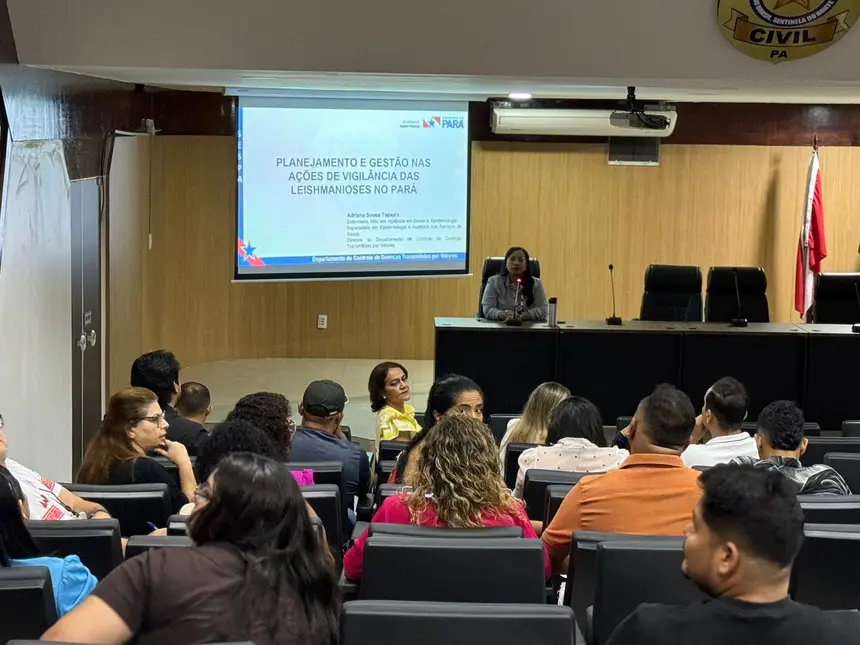
The director of Endemics at Sespa, Adriana Tapajós, highlighted the need for preparation in the face of large events and the circulation of people in the state. “We understand the importance of discussing leishmaniasis in these territories, especially in silent municipalities. We need to have a trained, organized, and integrated health network to ensure comprehensive care for the population,” she emphasized.
The state coordinator of the Leishmaniasis Program, Simony Vilhena Guimarães, explained that the workshop also aims to align national goals with regional realities. “The main objective is to align information with the regions and municipalities in light of the new goals from the Ministry of Health. We want to encourage local planning and reinforce the role of professionals in control and surveillance,” she stated.

The director of the 7th CRS, Valdinei Teixeira Júnior, emphasized the importance of cooperation among municipalities. “This is another moment to reinforce the union of forces, share weaknesses, and seek joint solutions. The bond and proximity with municipalities are our priority,” he stressed.
The acting coordinator of endemics, Michelle Queiróz, reaffirmed Sespa's support. “I am here to accompany and help in the best possible way in the fight against leishmaniasis,” she said.
About the disease
Leishmaniasis are diseases caused by a protozoan of the genus Leishmania, transmitted by the bite of the vector known as the sandfly. There are two main forms: cutaneous, which causes sores on the skin and mucous membranes, and visceral, which affects internal organs such as the liver and spleen, and can be fatal if not treated.
In Brazil, leishmaniasis has ceased to be just a disease of rural areas and has begun to appear in cities as well. This happens because the sandfly, the transmitter of the protozoan, can adapt to the urban environment, where it finds infected dogs (the main reservoirs of the disease) and favorable places to reproduce, such as backyards with accumulated garbage or organic matter. This process is called urbanized transmission: when the disease begins to circulate in neighborhoods and municipalities, putting the health of the population at risk even outside rural areas. In Pará, there are already records of this type of transmission in municipalities such as Santarém, Salvaterra, and Soure.
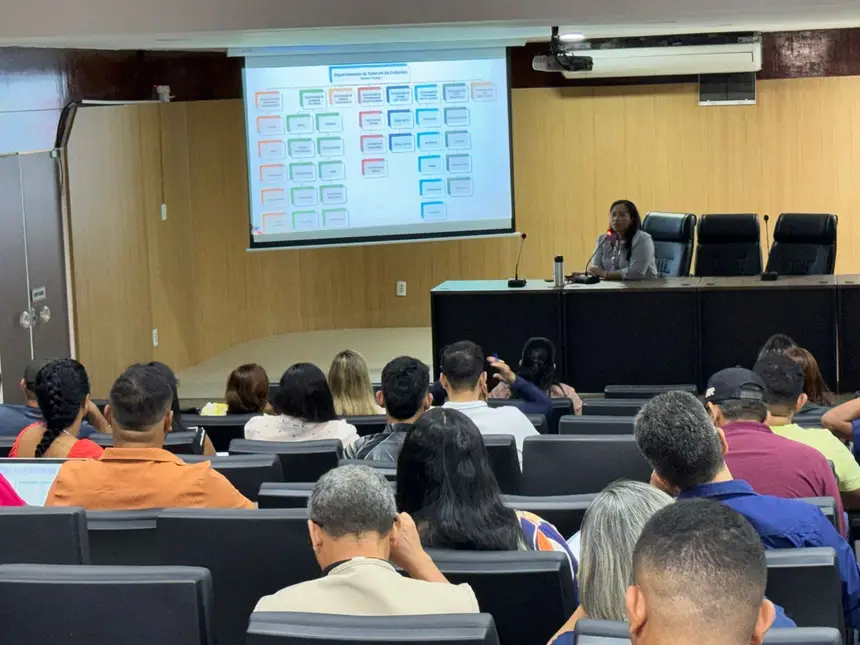
Diagnosis and treatment
Diagnosis is primarily done through rapid tests, which can be performed at Basic Health Units (UBS). For dogs, which are the main transmitters of the visceral form in cities, the DPP-LVC test identifies the presence of the disease. For humans, the rapid rK39 test allows for determining infection in a few minutes, helping to initiate treatment quickly.
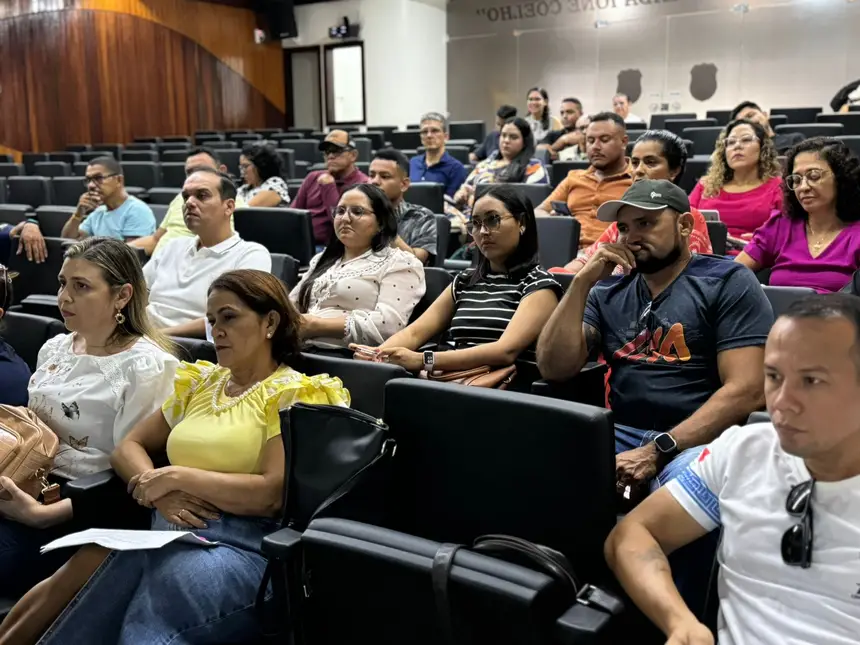
Treatment is provided free of charge by the Unified Health System (SUS). For cutaneous leishmaniasis, which causes sores on the skin, SUS provides an oral medication that facilitates access to treatment, especially in hard-to-reach areas. For visceral leishmaniasis, which is more severe, the patient receives medical follow-up and specific medications at municipal or regional health units, ensuring greater safety in treatment.
Sespa emphasizes that the earlier the diagnosis is made, the greater the chances of cure and the lower the risks of complications. Therefore, the recommendation is to seek the nearest health unit in the presence of symptoms such as non-healing sores, prolonged fever, weakness, abdominal swelling, or unexplained weight loss.


